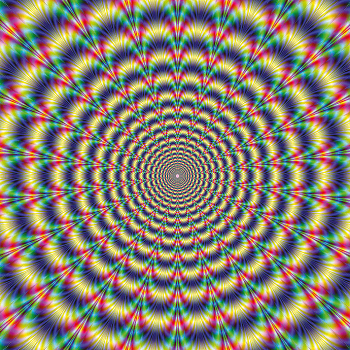Maurits Cornelis Escher and the Optical Illusions
Do you enjoy optical illusions? How about drawings of things that could never exist in real life? You may already be familiar with some of M.C. Escher’s art. He is famous for his pictures of stairs that go around buildings both upside down and right side up at the same time. He used shading and angles to give us pictures that look realistic and accurate. Yet they also have a little fantasy.
Maurits Cornelis Escher lived from 1898 to 1972. He went to a school for architects where he could learn to design buildings. His teachers there told him he should study graphic arts instead. Many of his sketches and paintings include an architectural flair. He used unique buildings, rooflines or other designs and wove them into the picture. He became a world-famous artist whose unusual works are easy to recognize.
As an adult, Escher travelled all over Italy, Spain and Switzerland. He lived in Rome for 11 years with his wife. He took sketchbooks with him when he travelled. He used the sketchbooks to save ideas for his future work. Escher was famous for his drawings of the tessellation of geometric shapes. He often used colour or different shades of grey to emphasize the alternating shapes and patterns. Only some geometric shapes can tessellate. A shape tessellates if it can be drawn over and over on the page with no empty space between the shapes. Regular polygons, like squares, triangles and hexagons with sides that are the same length, tessellate easily. Other shapes may require rotations (turns) or reflections (flips) to tessellate. Some must be combined with at least one other shape before they will tessellate. Some shapes will not tessellate at all.

